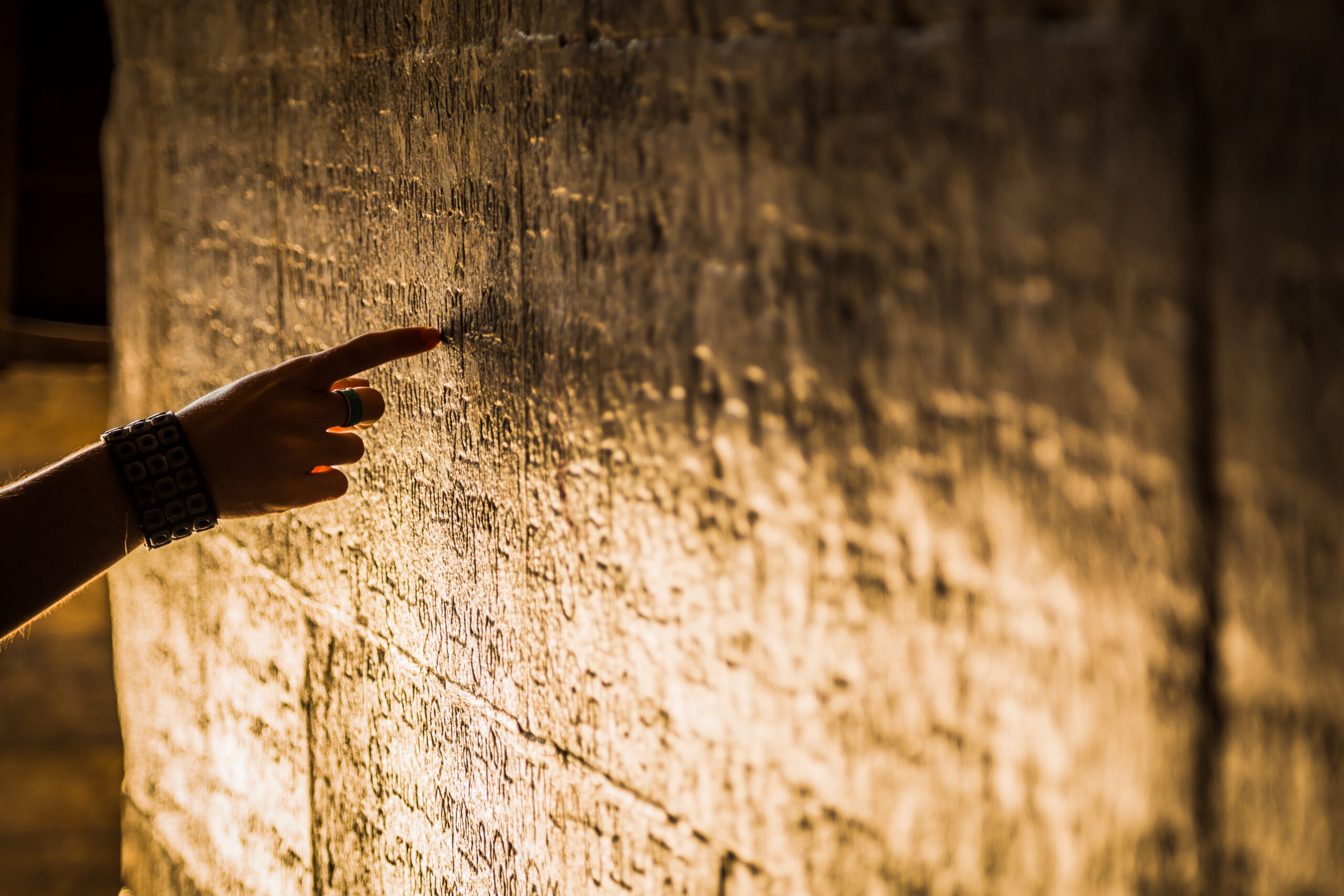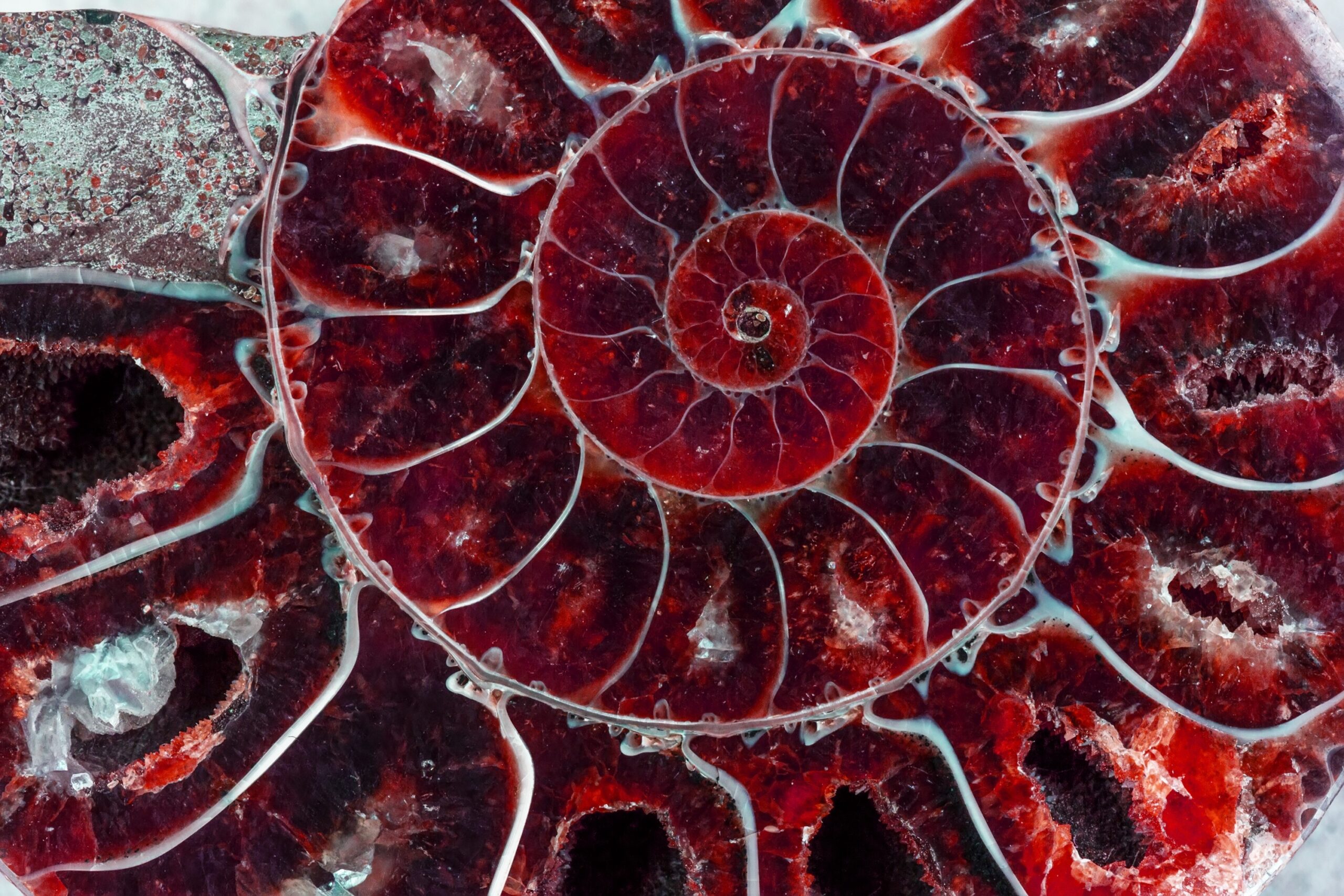Somewhere between mathematics and magic lies a language that shapes the world — not with words, but with patterns. It’s a language that flowers unfold in, that galaxies spiral through, that ancient architects echoed in stone. We sense it intuitively in the curve of a seashell or the symmetry of a snowflake. This is the hidden geometry behind beautiful things — the silent blueprint of form, harmony, and wonder.

Outline
- The Golden Ratio: Nature’s Silent Proportion
- Fractals: Complexity Within Simplicity
- Symmetry and the Human Eye
- Patterns in Architecture, Art, and Life
- Why Geometry Moves Us
- FAQs
The Golden Ratio: Nature’s Silent Proportion
The golden ratio — approximately 1.618 — has fascinated thinkers for over two millennia. Known as Phi, it is a proportion found in the spiral of galaxies, the pattern of sunflower seeds, and the architecture of the Parthenon. This ratio arises when a line is divided in such a way that the whole is to the larger part as the larger is to the smaller.
Mathematically precise, yet eerily organic, the golden ratio appears where beauty and balance meet. In human faces, it can be found in the spacing of our features. In art, it guided the compositions of Leonardo da Vinci. Even in the spirals of hurricanes and DNA molecules, this quiet ratio recurs.
Key Insight: The golden ratio is not just a mathematical curiosity — it is a structural preference embedded in the natural world.
Fractals: Complexity Within Simplicity
Imagine zooming into a coastline, only to find the same jagged pattern repeating endlessly. This self-similarity is the essence of fractals — geometric figures that repeat at different scales. Found in everything from lightning bolts to broccoli, fractals show how complexity can arise from very simple rules.
Benoît Mandelbrot, the father of fractal geometry, famously said, “Clouds are not spheres, mountains are not cones.” With fractals, we see shapes that reflect the chaotic, yet patterned nature of reality. Unlike the smooth perfection of classical geometry, fractals embrace roughness, irregularity, and infinite depth.
Fractal Examples in Nature:
- Romanesco broccoli (logarithmic spirals)
- River networks
- Blood vessels
- Fern leaves
Symmetry and the Human Eye
Why do we find symmetrical faces more attractive? Why does a butterfly’s wingspan calm the eye? Symmetry, at its core, signals order — something our brains are wired to seek out. In evolutionary terms, symmetry in nature often indicates health, stability, or safety. In visual terms, it creates balance and ease.
But perfect symmetry can feel sterile. Often, we’re drawn to imperfect balance — where the pattern is broken just enough to feel alive. Think of the asymmetry of a tree’s branches or the uneven curves of a hand-thrown ceramic bowl. These slight variations pull us in.
Patterns in Architecture, Art, and Life
Great architecture often mirrors nature’s geometry. Gothic cathedrals reach skyward with fractal-like repetition. Islamic mosaics showcase complex symmetry and tessellations that rival the patterns of honeycombs. In Japanese aesthetics, wabi-sabi celebrates the beauty of imperfection — much like nature itself.
Artists from Escher to Gaudí drew inspiration from geometric laws. And in music, rhythm and harmony echo numerical patterns: measures, chords, Fibonacci sequences in timing.
Beauty is not randomness — it is structure, with enough variation to breathe.

Why Geometry Moves Us
Geometry touches us not because it is precise, but because it feels inevitable. It reveals a quiet order beneath the noise of the world — an unseen rhythm we instinctively recognize. When we encounter beautiful forms, we are not merely seeing; we are remembering something deeper.
These patterns are ancient. They predate culture and language. They connect the spiral of our fingerprints to the spiral of galaxies. In every curve and line, they whisper: this is how the world holds together.
Remember:
Beauty is not in the eye of the beholder — it’s often in the math beneath the surface.
FAQs
1. Why is the golden ratio considered aesthetically pleasing?
The golden ratio creates proportions that our brains process efficiently, often linked to balance, harmony, and even biological health. It appears in nature and art, which may condition us to perceive it as beautiful.
2. What’s the difference between fractals and regular geometry?
Fractals are complex, self-repeating patterns found in nature, while classical geometry deals with idealized, simple shapes like circles and squares. Fractals reflect the rough, chaotic beauty of real-world forms.
3. Do humans naturally recognize geometric patterns?
Yes — our brains are wired to spot patterns, especially symmetry and repetition. This helped us survive (e.g., recognizing a predator’s shape), and now it influences our aesthetic preferences in design, art, and nature.








